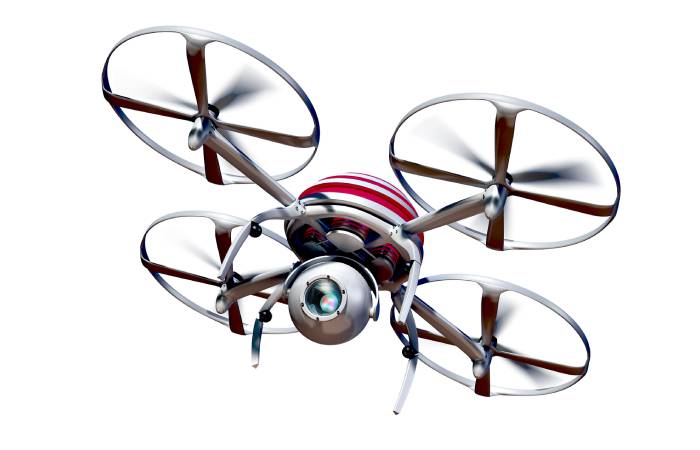Drone Photography Planning – The most common mistake in aerial photography is taking off our drone without knowing what we want to photograph. Let’s see what questions we should ask ourselves to plan our photo to optimize flight time, avoid images of little use and find the picture we need. Yielding the sun’s position and height is essential to prevent overexposure, as planned. A couple of days before going out to fly, check the weather report and keep in mind that we can do little with the rain. In addition to the fact that the drones are not usually sealed, the drops are dispersed in all directions thanks to the movement of the propellers and typically end up on the target.
How To Plan Drone Shots?
Drone Photography Planning is common for the Aerial Insights team to advise our clients on the best approach when completing a flight to optimize the processing result. That is why we have made this chaperone so that, depending on the type of work, you can plan your flights in the best possible way. Also, recall that a few days ago, we published an article with the six recommended applications to plan your drone’s flight.
Our online platform is responsible for processing drone images and can generate a large amount of detail from photos of all kinds. In any case, the better the pilot’s work, the better the final product will be. Each result requires slightly different techniques when flying and taking pictures.
Three aspects are essential when performing photogrammetry with drones:
- The flight path
- The overlap between the images.
- Camera position.
A common need determines these three elements: for a detail to be faithfully reconstructed, it must appear in a minimum number of photographs. The more varied and numerous the points of view, the more abundance of helpful information is when processing. Next, we analyze different scenarios and each case’s recommended photogrammetric flight plan.
What Are The Tips That Can Help You Improve?
- Before taking off, always check the condition of the lens glass and clean it. During the day, when landing/taking off and in flight, dust, vegetation fragments, insects, etc., are typical for adhering.
- Take pictures. Do not use ND filters. They are only helpful in video recording to reduce the automatic shutter speed.
- Don’t get too high. From 50 to 120 meters above the ground, we will lose the proximity effect that the drone gives us, and the photos will be too similar to those that could already be taken from a helicopter or plane.
- Most drone cameras mount wide-angle lenses, expanding the depth between shots. What is far away seems even further away when photographed.
- The most spectacular photos are achieved by overlapping different planes of depth that give volume and depth to the scene.
How To Get Better Photos With A Drone?

It seems obvious, but a pilot is not a photographer. Flying and taking pictures do not guarantee good results unless we apply ourselves. Being the best stunt or racing driver will be of little use in taking photos and videos. Safety and smooth and fluid piloting must be prioritized, especially in recording video sequences.
Drone Photography Planning – Having a photographic eye is vital. In addition to piloting, we must be able to compose and frame in real time while flying, control battery consumption, and manage any incident. All of this needs a lot of planning. Outdoors, the sun’s position is usually our worst enemy/ally. In the case of aerial shots, it will be more relevant.
Cloudiness: mist and fog will limit the visual field. They give a very scattered light without shadows, reducing the scene’s volume. Medium and high clouds can be our best ally to avoid overexposure and avoid having a “flat” sky.
Previously visualize the objective of the photo: If you are clear about what you want to achieve, you will not need to make a very long flight. As much as we deplete the batteries, we will not get good photographs by chance.
Conclusion
It is always preferable to shoot photographs with the drone in stationary flight and thus avoid unwanted movements when capturing the image. The histogram is your best ally in flight. At a glance, you can see if you need to change the exposure settings before shooting. However, more straightforward cameras often do not perform well in shadows and show quite a lot of noise and little detail in low lights. Especially The device ,when we carry a flying camera. In most cases, the best take does not imply that it should be the riskiest. We must always minimize risks to the team and fly safely.


